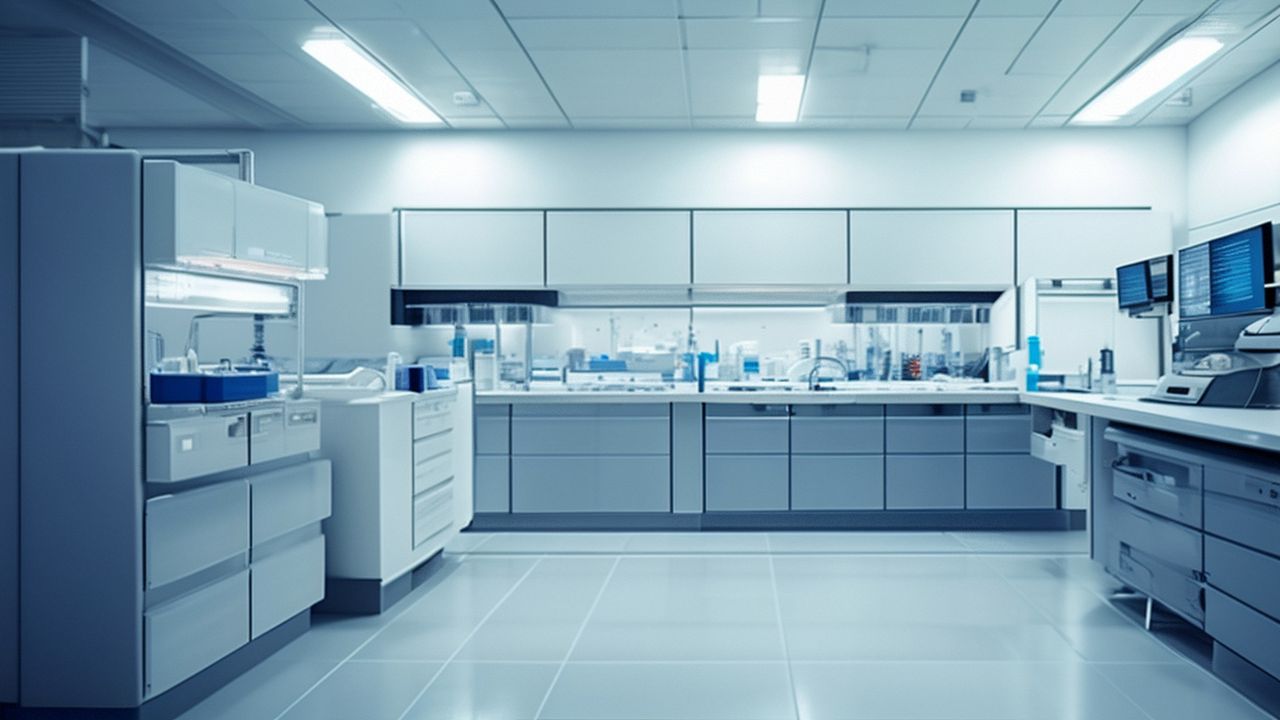Methods of blood glucose test
Blood glucose test plays an important role in the diagnosis and monitoring of diabetes
Blood glucose levels are the only criterion for diagnosing diabetes. Different blood samples, different determination methods, and different normal values of blood glucose require attention to differentiation.

1.Blood specimen collection
Blood specimens can be divided into venous blood, arterial blood, and capillary blood, which can be further divided into fasting blood and postprandial blood. Whether fasting or postprandial, venous blood is the main method of blood glucose measurement currently, with capillary blood as an accessory and arterial blood less commonly used. Venous blood samples can be divided into whole blood and plasma.
Since the glucose in red cells is utilized in whole blood, the blood glucose measurement value in whole blood is about 15% lower than that in plasma. Currently, plasma measurement is widely used, and some hospitals use venous serum, whose measurement value is similar to that of plasma. Capillary blood measurement values are generally not suitable for diabetes diagnosis but can be used for population diabetes screening and patient self-monitoring.
In Europe and the United States, glucose meters (Glucosemeter) are commonly used to measure capillary blood glucose. This instrument is small, portable, rapid, and relatively accurate, but the disadvantage is that the test strip price is expensive and has a short shelf life. Generally, capillary blood glucose levels are lower than venous plasma levels.
The invention of the glucose meter, which is a device used to measure blood glucose levels, is attributed to various companies and individuals over time. However, the first commercially available glucose meter is generally credited to the company LifeScan, Inc., which was founded in 1986. LifeScan, a subsidiary of Johnson & Johnson, introduced the OneTouch brand of glucose monitoring systems, which revolutionized home blood glucose testing for people with diabetes.
After blood specimen collection, blood glucose measurement should be performed immediately. If timely measurement is not possible, plasma (or serum) should be separated and frozen for preservation. Generally, at room temperature, blood samples in the body oxidize and degrade at a rate of 0.4mmol/L per hour, 0.11mmol/L per hour at 4°C. In summer, when temperatures are high, glucose degradation is faster. Doctors and patients should consider these factors when analyzing blood glucose results.
2.Methods of blood glucose test
There are two types of chemical reaction methods for blood glucose test, including three methods:
- Glucose oxidase method: This method utilizes the chemical reaction between glucose and glucose oxidase to determine the glucose concentration. The measured sugar is glucose, which does not react with other sugars, thus ensuring accuracy and reliability. This method is widely used in hospitals. It should be noted that the principle of modern glucose meters invented with electronic technology is also based on the glucose oxidase method.
- Copper sulfate or iron(III) oxide reduction method, also known as the traditional Folin-Wu method: The aldehyde group of glucose causes the copper in copper sulfate to be reduced to cuprous oxide, forming different colors and precipitates, which can indirectly reflect the concentration of blood glucose. This method is affected by other factors and has been discontinued.
- O-toluidine method: This method also belongs to the copper reduction method. It uses barium hydroxide and zinc sulfate to precipitate plasma proteins, as well as most non-sugar substances in blood glucose and fluoride in anticoagulants. The result is relatively accurate, but the toxicity is high, so it is less commonly used.
3.The value of postprandial blood glucose test
Many patients have normal fasting blood glucose but significantly elevated postprandial blood glucose. Therefore, when suspecting diabetes, not only should fasting blood glucose be detected but also postprandial blood glucose. Moreover, monitoring postprandial blood glucose is beneficial for judging the control of the disease.
4.Normal value ranges of blood glucose
For the glucose oxidase method, normal values are as follows: fasting whole blood, 3.6-5.3mmol/L; plasma (serum), 3.9-6.1mmol/L; 2-hour postprandial blood glucose <7.2mmol/L. The normal value range of blood glucose determined by a glucose meter varies depending on the type of instrument. For the o-toluidine method, whole blood glucose is 3.3-5.6mmol/L, plasma value is 3.9-6.4mmol/L, and 2-hour postprandial blood glucose <7.8mmol/L.




